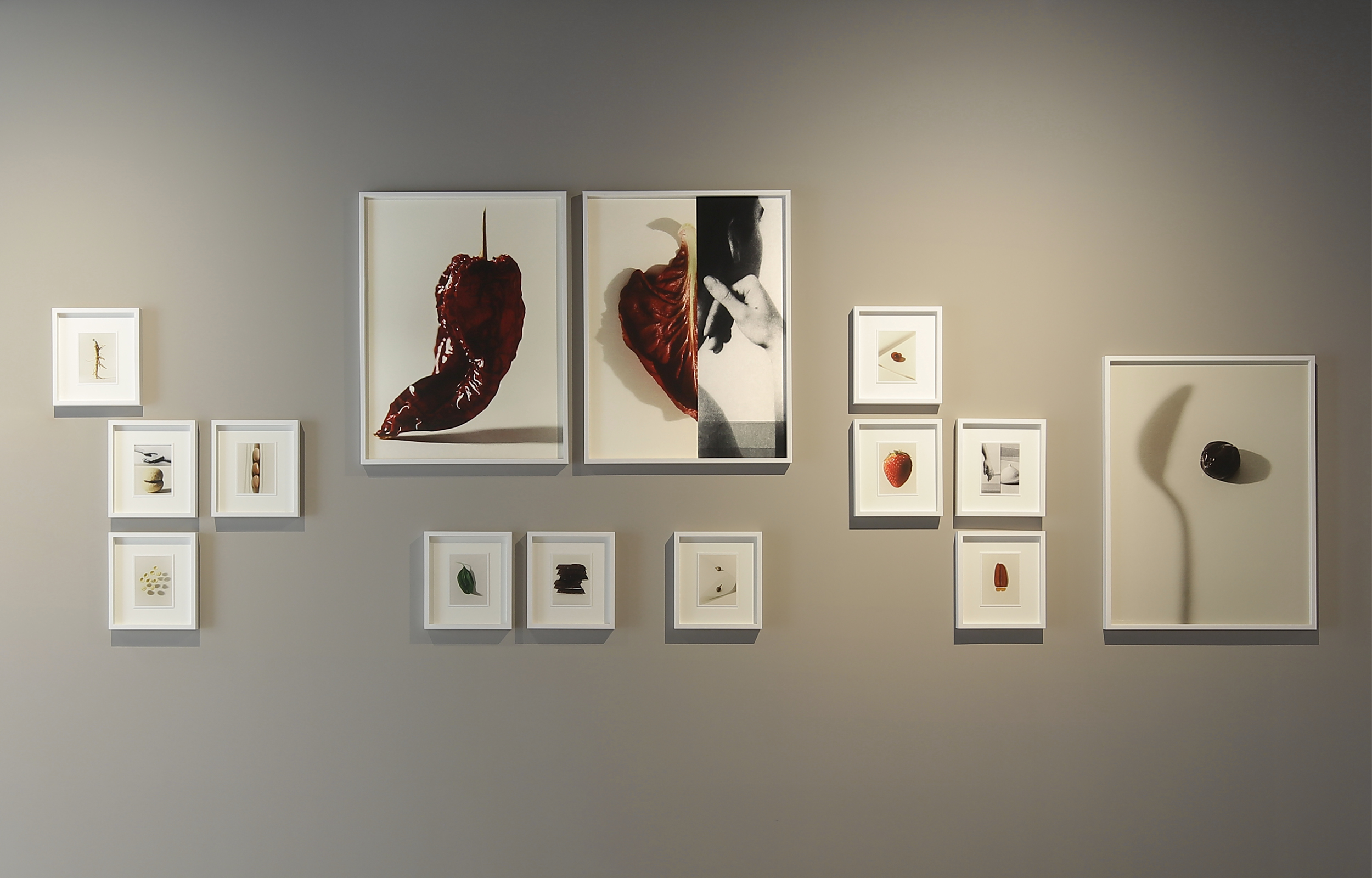
Arclinea 100th Anniversary
A Kitchen Becomes Home
In the heart of Veneto, where craftsmanship has long been passed from hand to hand and family businesses are built more on values than ventures, the story of Arclinea begins—not a century ago, but even further back. “I’m very proud to say that my grandfather founded the company in 1925,” says Gianni Fortuna, the current CEO and grandson of that original artisan. What began as a small carpentry workshop would, over time, transform into something far greater than furniture—it would become a way of thinking about living.
It wasn’t until the late 1950s, when the founder’s three sons took the reins, that the company shifted its focus from handcrafted furniture to the kitchen—still artisanal at heart, but with the emerging rhythm of industry. It was a bold step, moving from intimate wooden pieces to entire domestic landscapes, yet they never left their origins behind. “This is the heritage we have,” Fortuna explains, “because the use of the wood and craftsmanship is still one of our values.” Even today, more than a third of Arclinea’s production remains custom-made—a quiet defiance of the idea that luxury must be standardized.
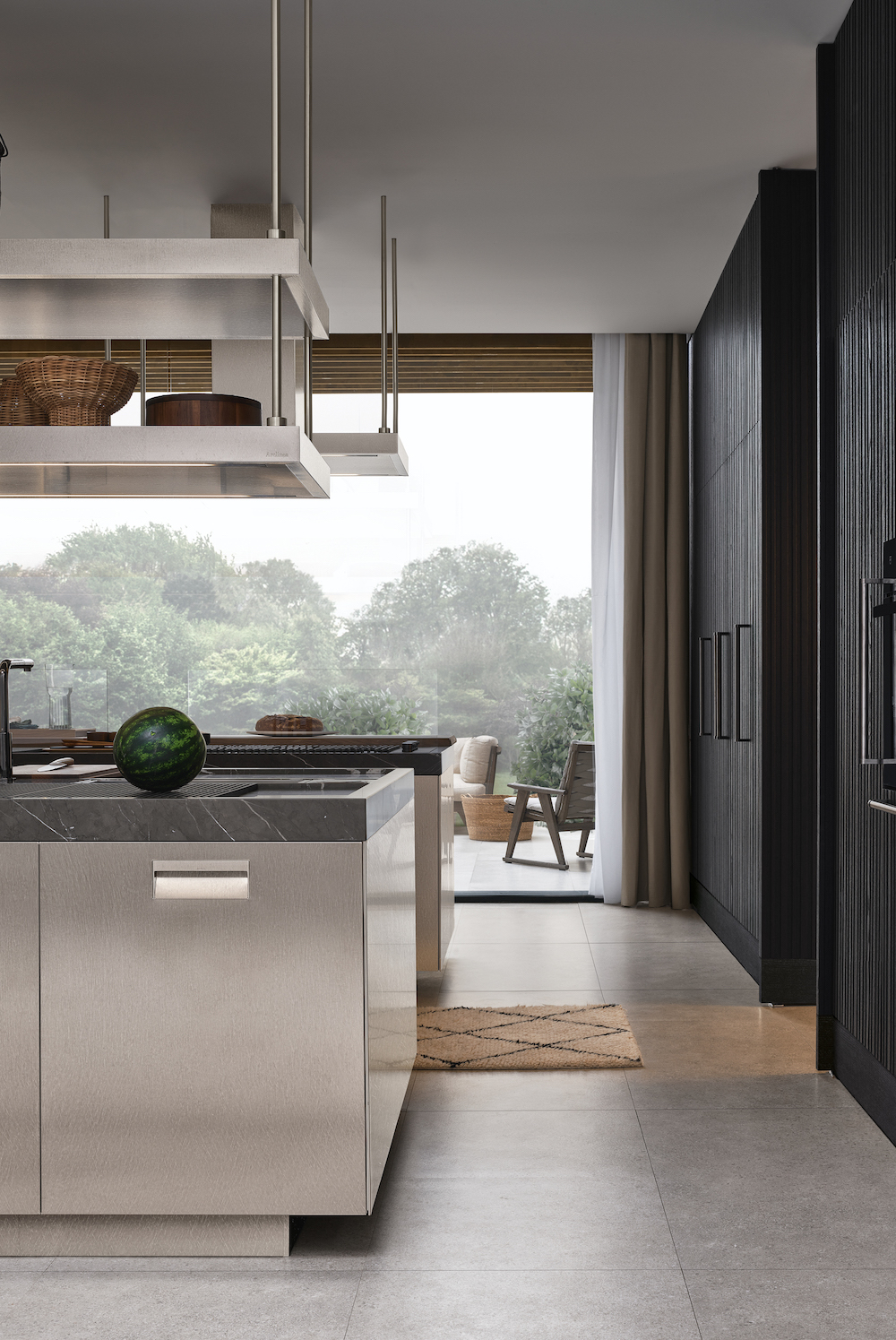
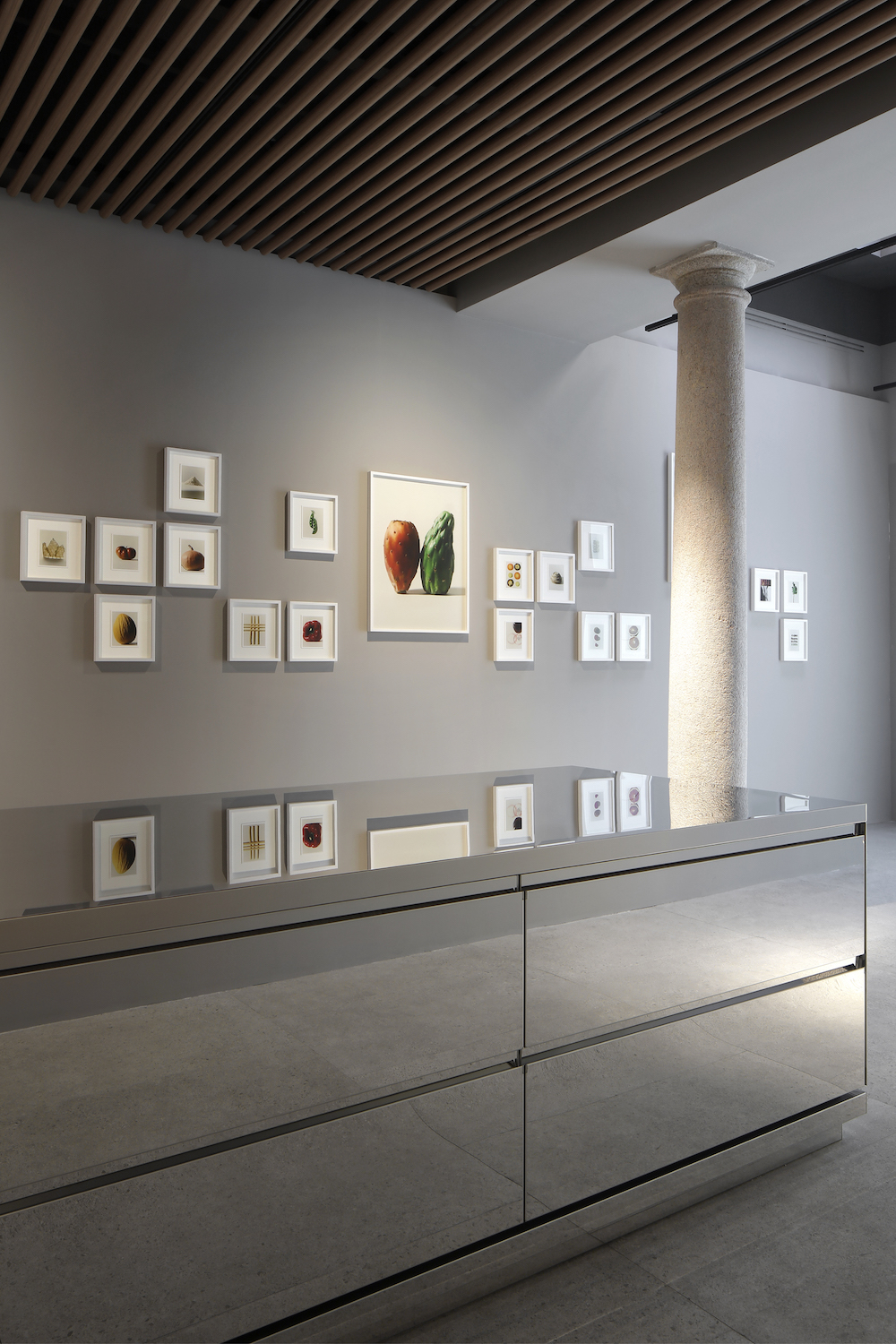
The kitchen, for Arclinea, is not just a room—it’s a living, breathing heart of the home. “Innovation for us is not only materials… it’s the way you live in the kitchen,” Gianni says. And you believe him, especially when you learn that the company’s early experiments in kitchen design were met with skepticism in the first fair where the family was presenting it—until a group of Nordic architects stopped at their booth and asked, “Is this Nordic? It’s not Italian!” That unexpected affirmation gave them the courage to continue, to lean into a design language that was ahead of its time.
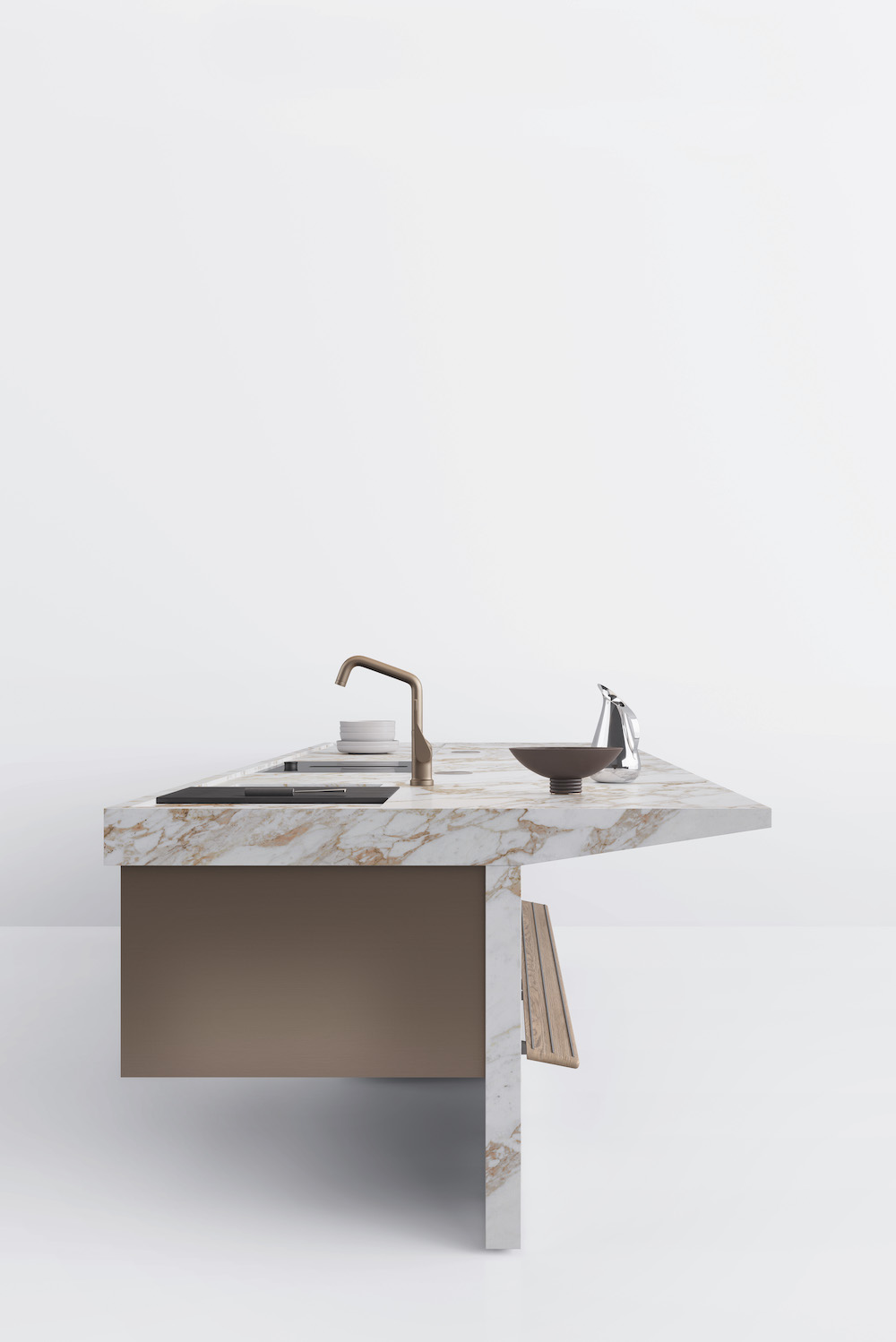
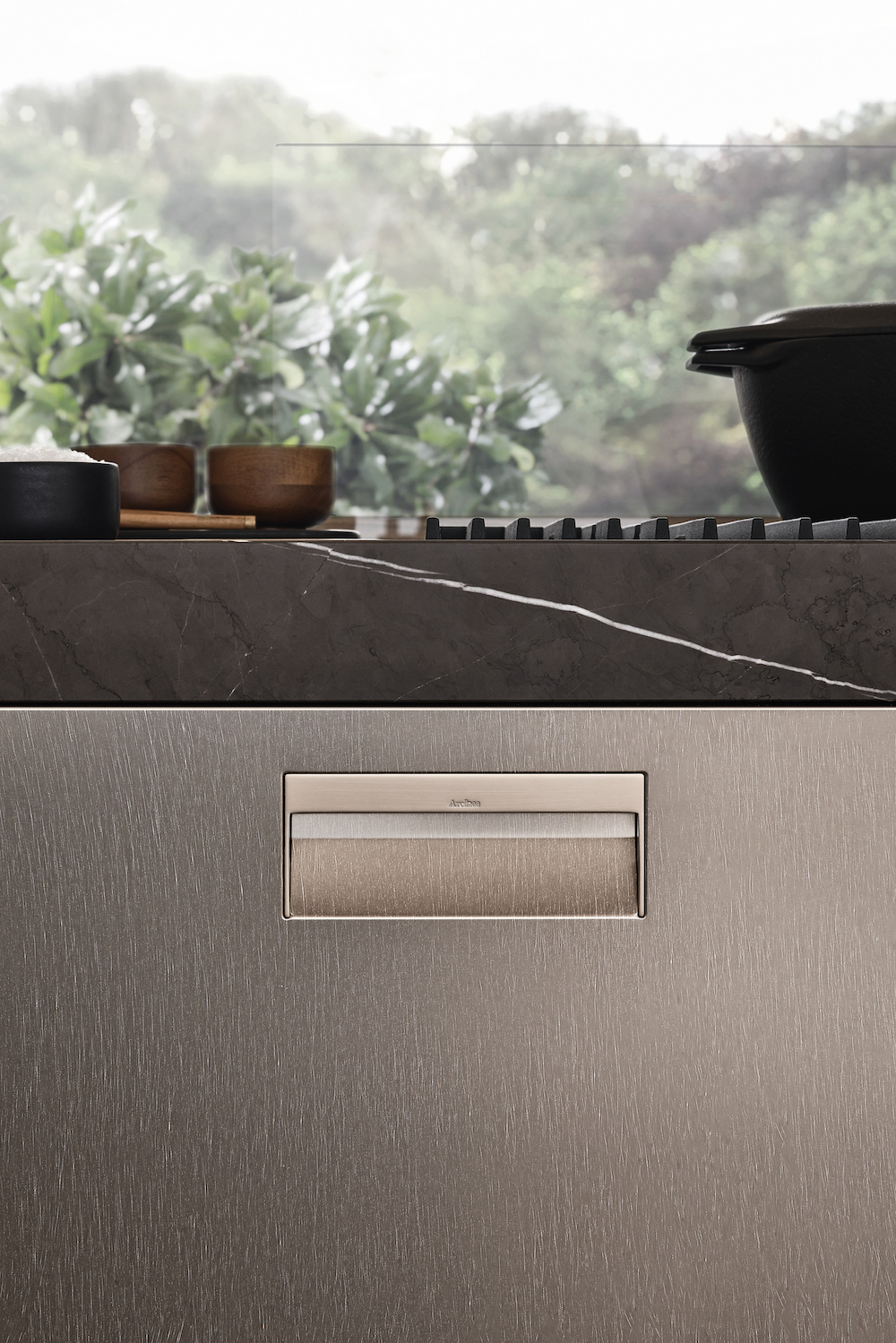
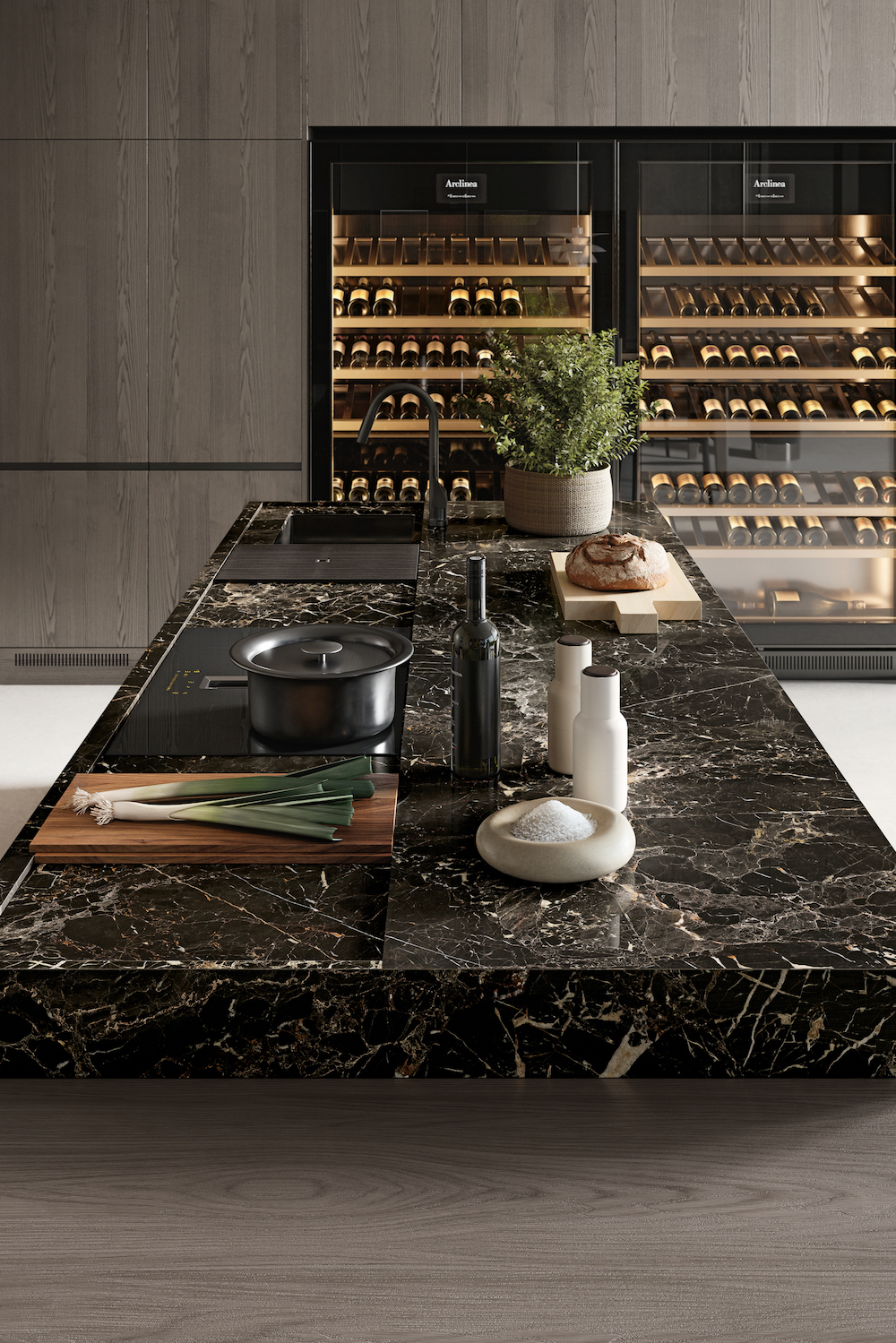
Perhaps this boldness is rooted in memory. Fortuna tells a story—he admits it may not be true, but he loves it all the same—about his grandmother, who ran a trattoria. The kitchen was the warmest room in the house, and it was where the children naturally gravitated, growing up between pots, pans, and people. This idea of the kitchen as an emotional nucleus runs through every Arclinea design, most notably in the Convivial Kitchen, an island concept developed for those who not only love to cook but love to share: “We love to say we are Italian. We make Italian kitchens. We love food. We make kitchens for people who like to cook.”
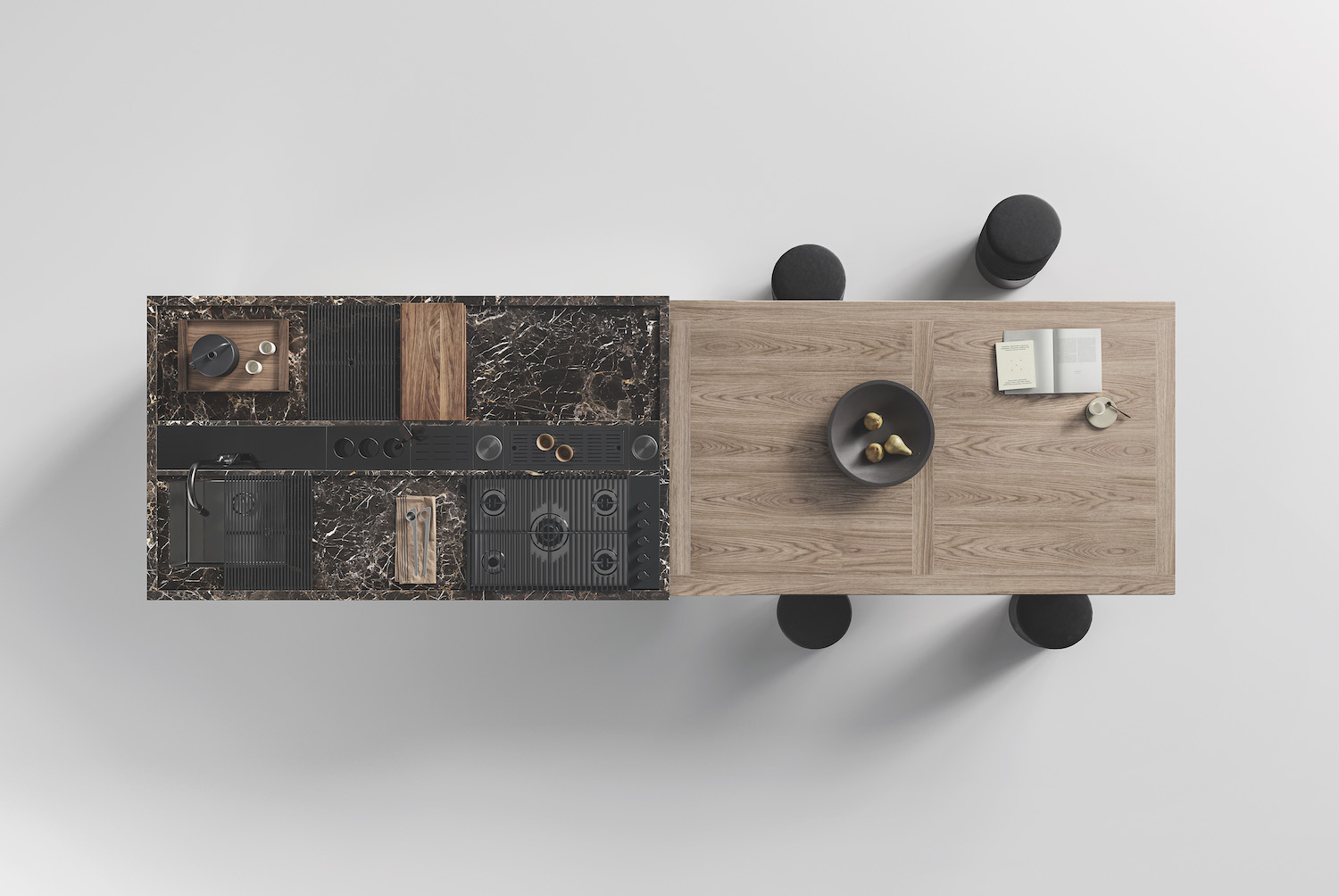
At the core of Arclinea’s philosophy is the belief that sustainability begins with durability. “When we talk about sustainability, the only thing we can do is to make durable products.” He’s not speaking abstractly—he’s seen Arclinea kitchens from the 1960s still in use today, now belonging to the next generation. It’s a quiet resistance to the culture of speed, and a reminder that time, well-honored, is the most sustainable material of all.

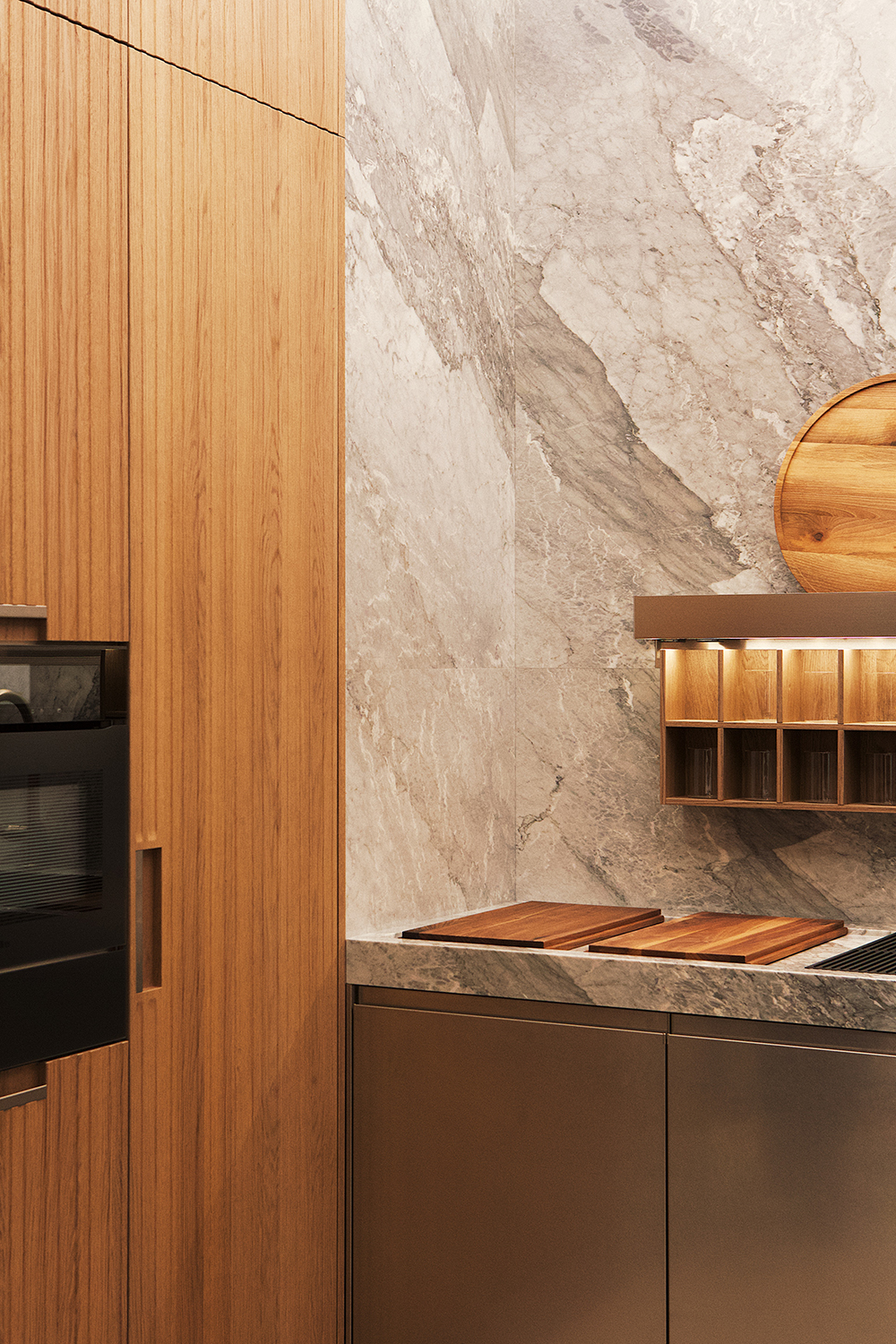

Yet perhaps more tangibly, it is in materials where Arclinea first distinguished itself. Since the very beginning, stainless steel has been at the center of its aesthetic and functional ethos—not just for its sleek modernity, but for being the most hygienic and durable surface available. “It is the best material,” Fortuna says simply. More than ten years ago, they were the first to introduce PVD stainless steel in the kitchen—an innovation that speaks volumes without raising its voice.
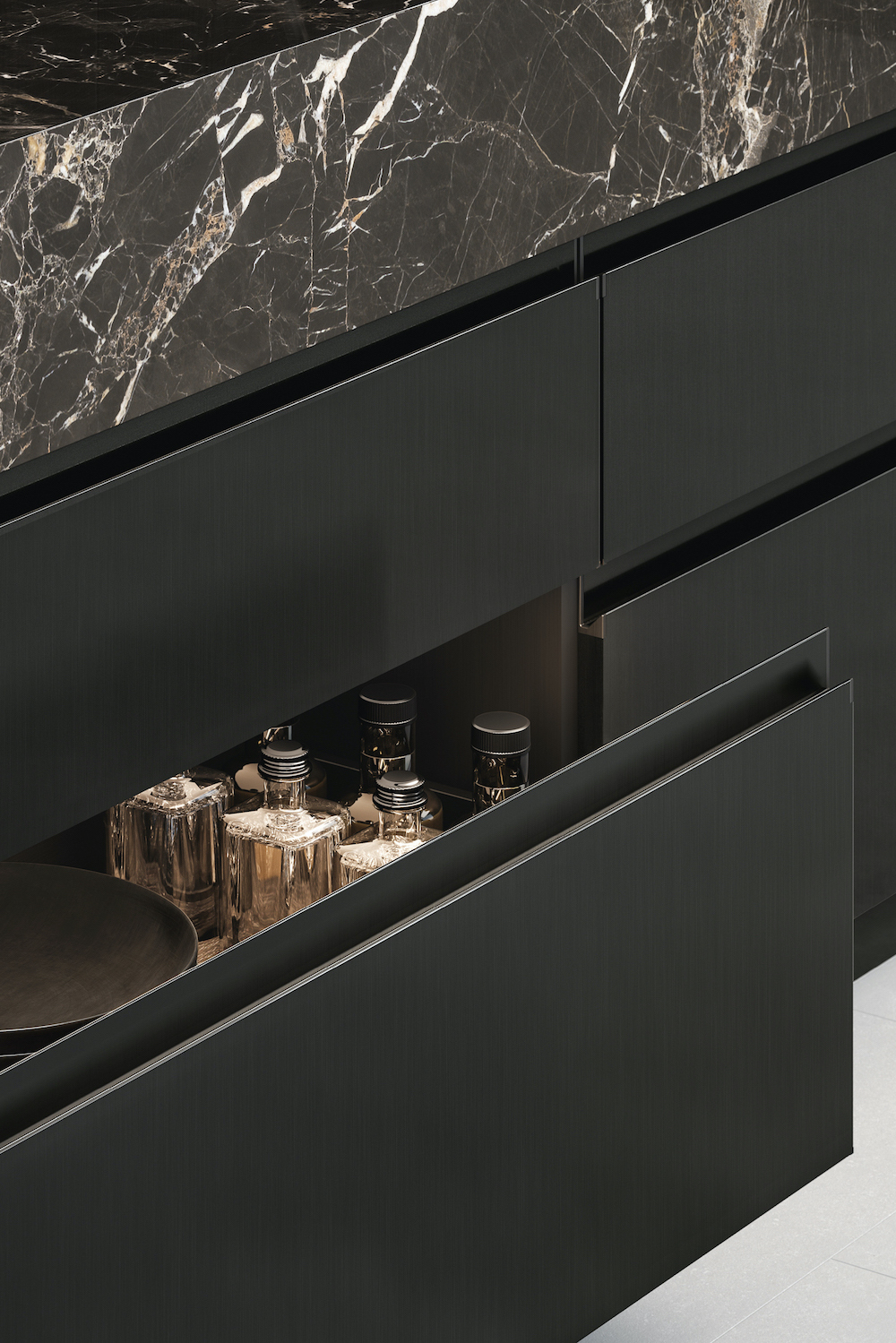
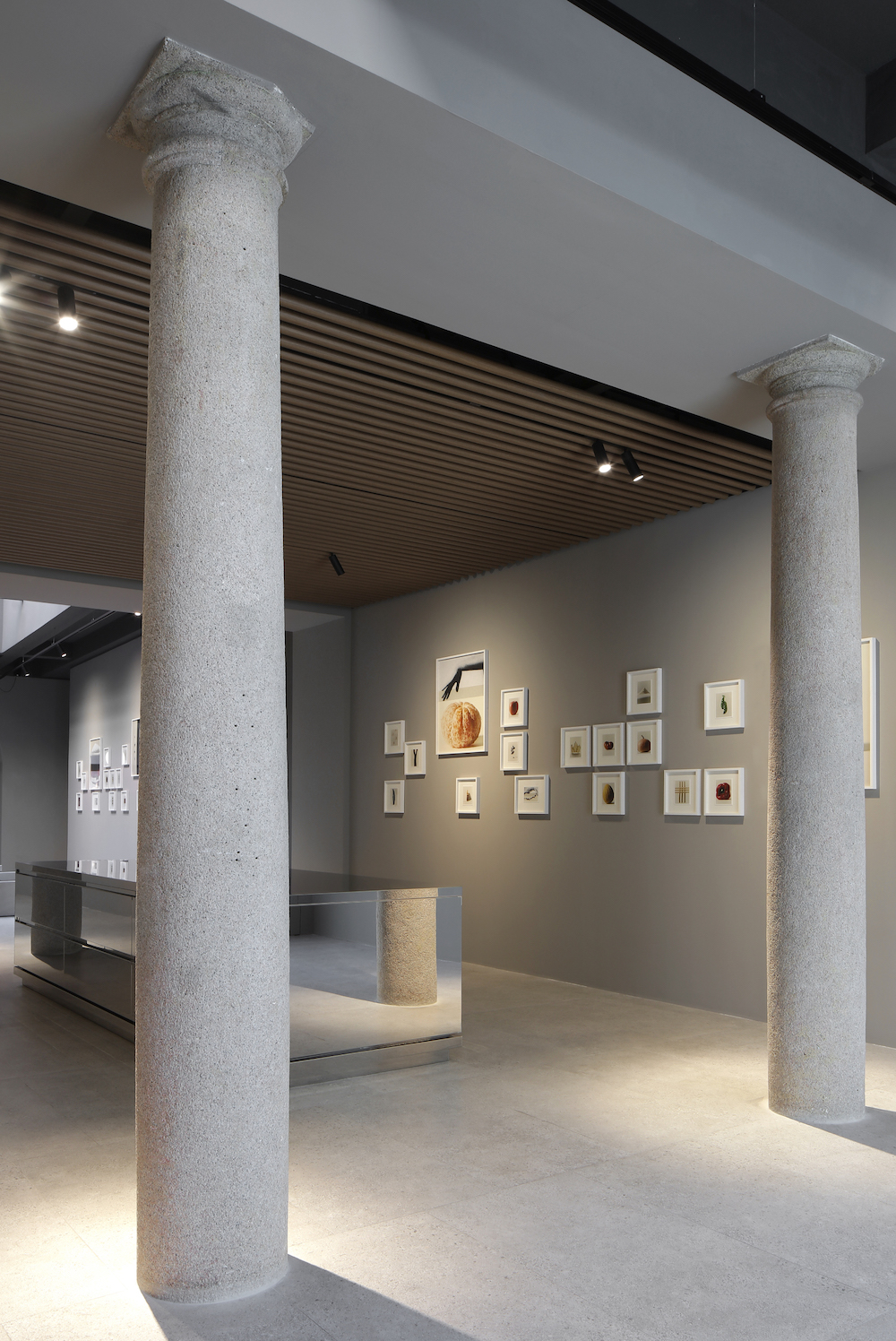
And now, as the company celebrates its centennial year as a kitchen manufacturer, it does so with characteristic restraint and resonance. At Milan Design Week 2025, Arclinea presented a new iteration of its beloved Convivium island—this time entirely free of appliances, cloaked in a mirrored high-gloss steel that wraps without interruption. The kitchen becomes sculpture, becomes reflection—of light, of food, of the people who gather around it. It’s a space designed not just for function, but for presence.
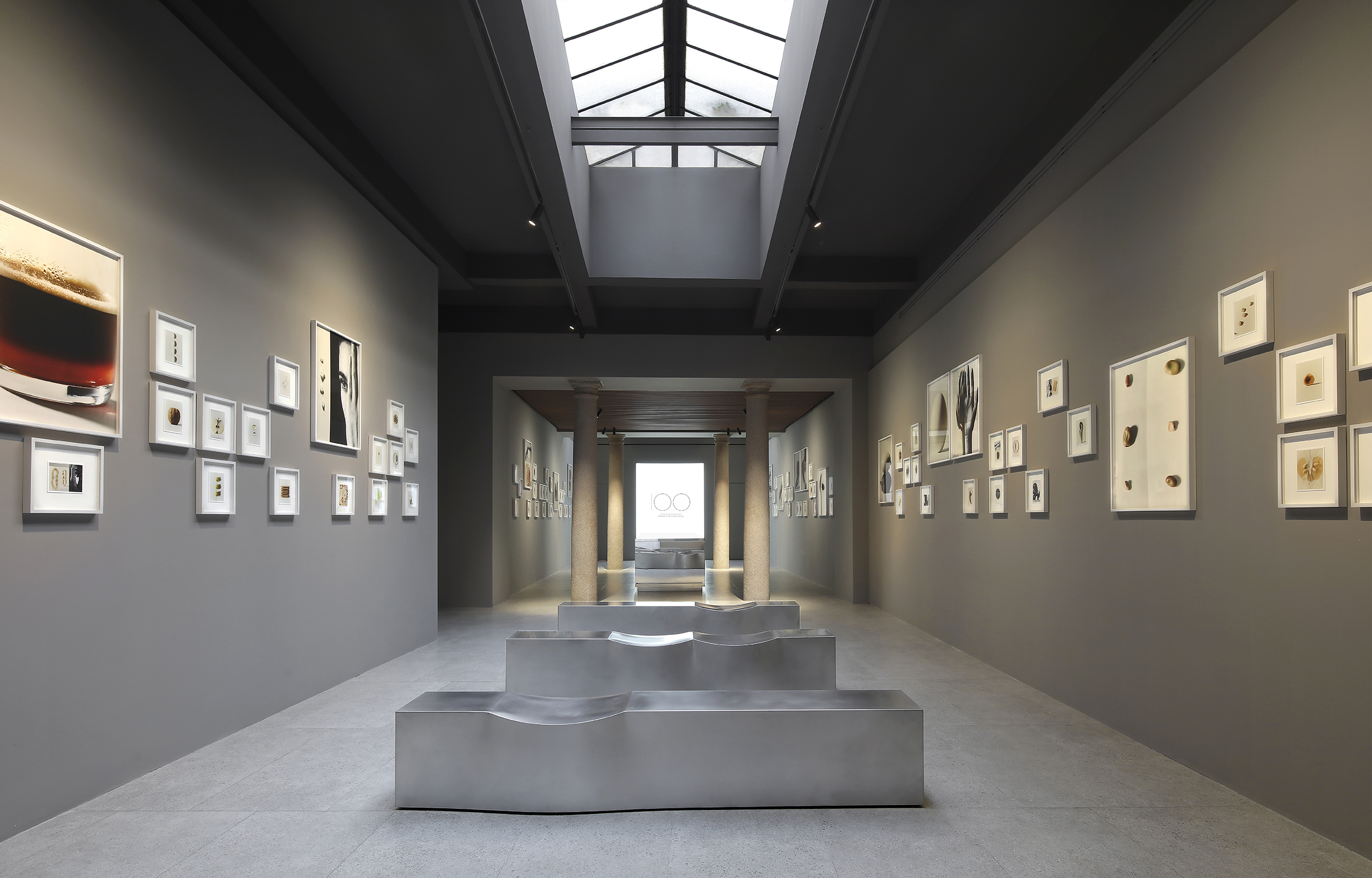
The mirrored surface is not just a design decision—it is a metaphor. In this context, the kitchen is not just where we cook, but where we see ourselves, each other, and the rituals that make us human. In this poetic framework, Arclinea calls it “the 101st ingredient,” bridging design and gastronomy in a dance of light, steel, and community.
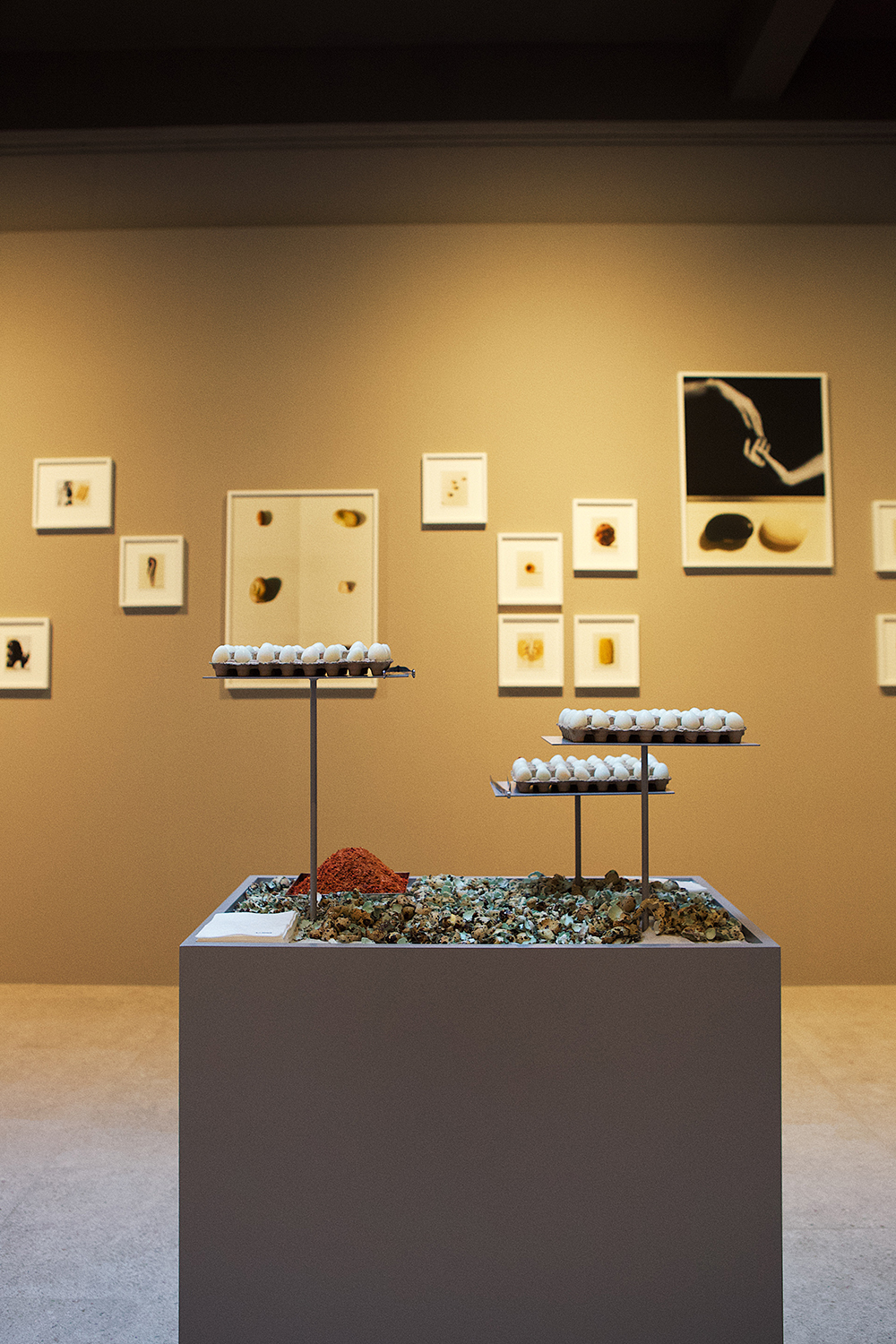

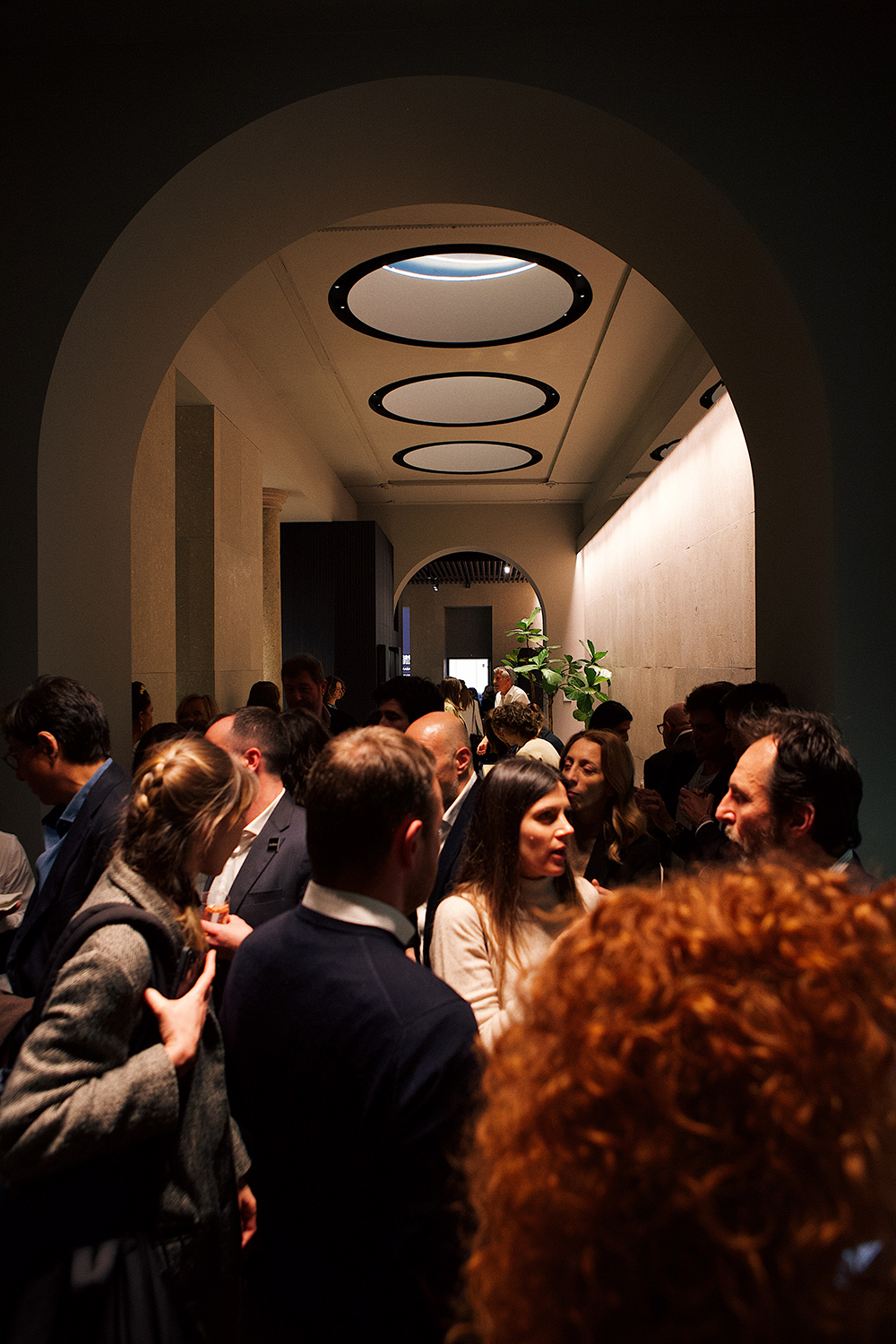
As part of this celebration, photographer Amélie Ambroise was commissioned to capture 100 intimate images, each a meditation on Arclinea’s history, spirit, and evolution. The works are available for purchase on Artsy.net, with all proceeds—net on platform commissions and plus a fixed donation from Arclinea—going to the University of Gastronomic Sciences in Pollenzo, supporting students who carry forward the culture of food and hospitality. It’s a gesture that reflects what this company has always understood: that kitchens are not just where we make meals, but where we feed our futures.

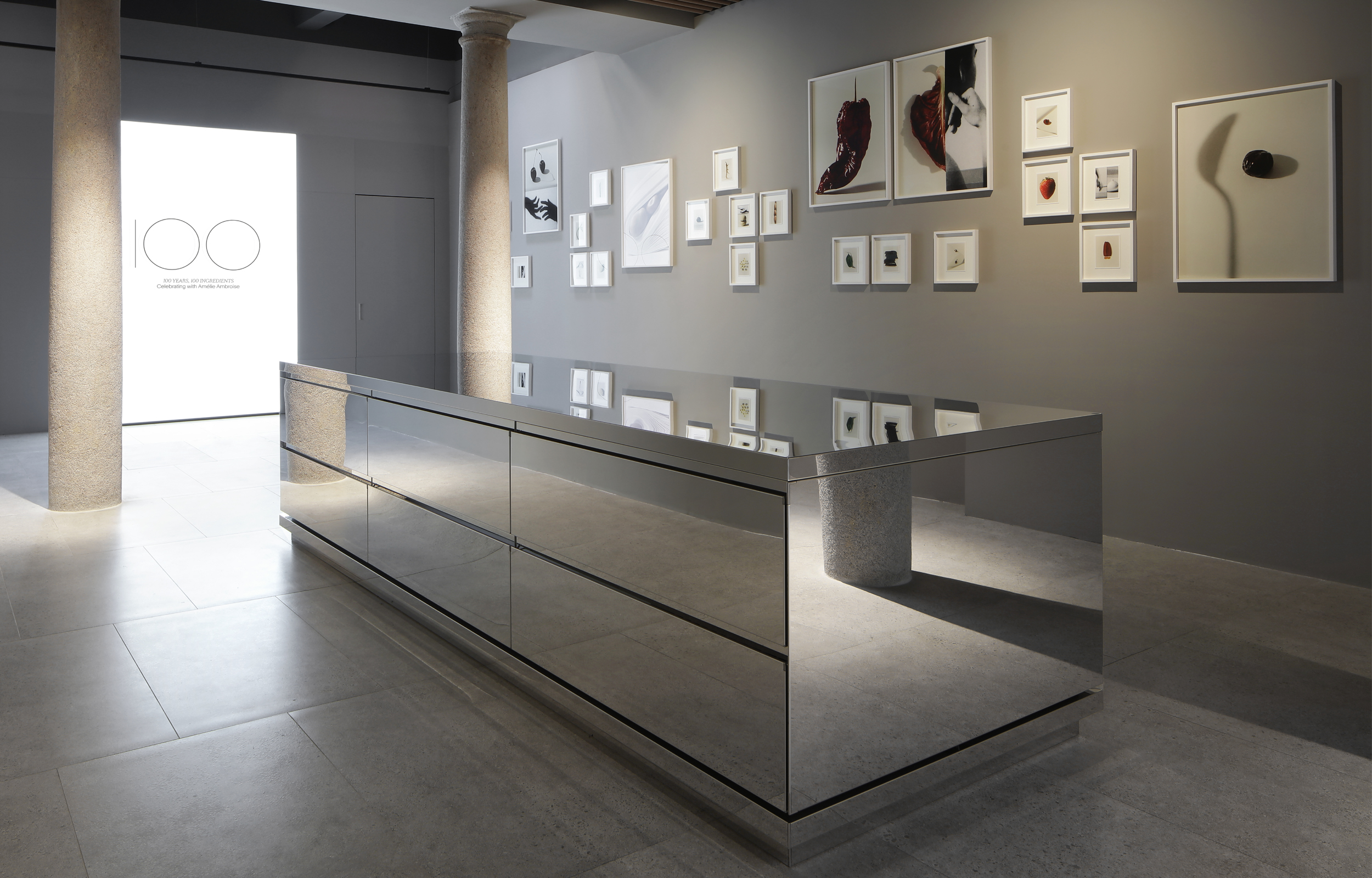
“Celebrating our 100th anniversary means looking to the future with the same passion and determination that built our history,” summarizes Gianni. And it’s clear he means it. After a hundred years, Arclinea still invites us in—not just to cook, but to live. To gather. To remember. And to build something worthy of passing on.

















